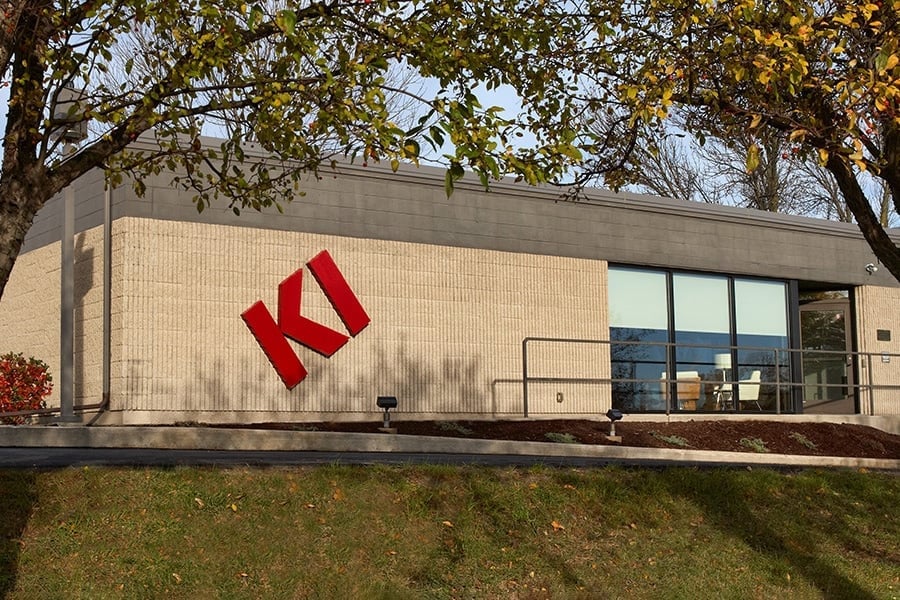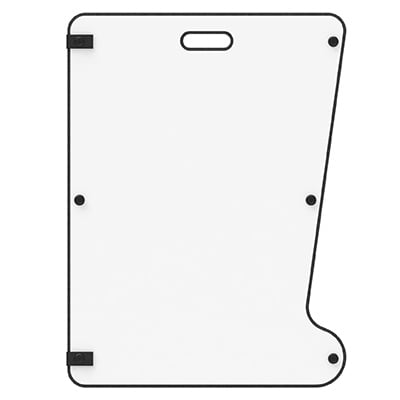- What's New
- Pricing & Purchasing
- Lead Times
- Literature & Samples
- Services & Warranties
- Careers
- Find a Rep
Explore Pillar™ Tables



Tailored Learning Spaces
Pillar tables exhibit sleek lines, an uncomplicated leg design, and a range of adaptable tabletop shapes. With their straightforward nature, Pillar tables serve as a hub for gathering, a canvas for creativity, or a space for concentration. In educational settings, these tables empower learners to engage actively in their learning journey.
Features
- Simple, minimalist design is adaptable to any environment.
- 10 standard top shapes can be combined or used individually for a variety of purposes.
- Curved tables designed to work specifically with MyPlace lounge for flawless integration of tiered seating.
- 29” standard height, 36" counter height and 42” café height options.
- Surface options feature 50 standard laminates, including markerboard.
- Leg options include more than 30 powder coat paints and chrome.
Construction
- Standard worksurface tops are 1-1/4” thick.
- Available with the 2mm (74P) edge.
- Each table includes either casters or glides.
- Vertical or under-table wire management available.
- Surface power modules available (Dean In-Surface, Dean Clamp-on, Dubbel Undersurface, Nacre Pop-Up and Node In-Surface).
- Gangers available (field installed).

Design Customization
Visualize the options for Pillar tables with our dynamic See It Spec It rendering tool.

List Price Starts At
$608 – $2,485
Lead Time
5* Weeks
*For an order quantity of 50 or more units, please contact customer service for lead time.






